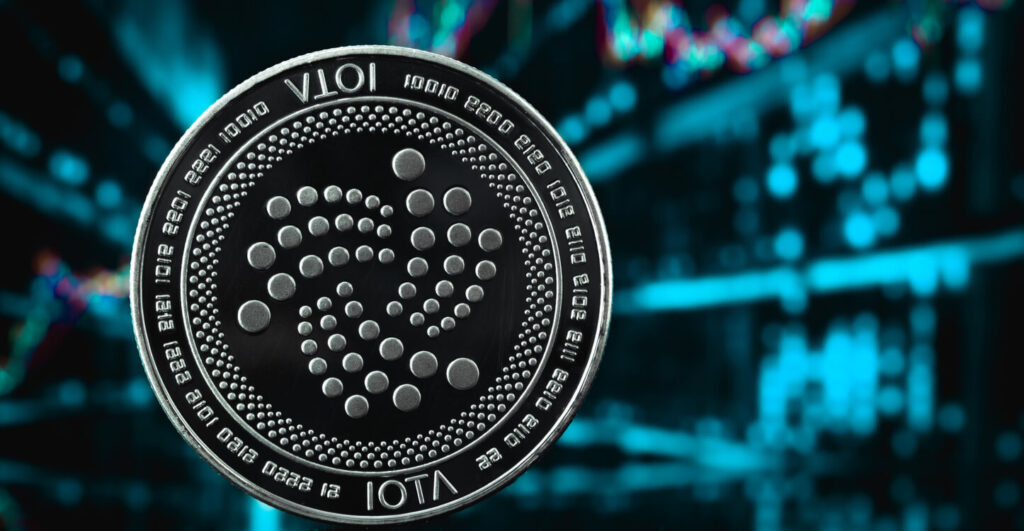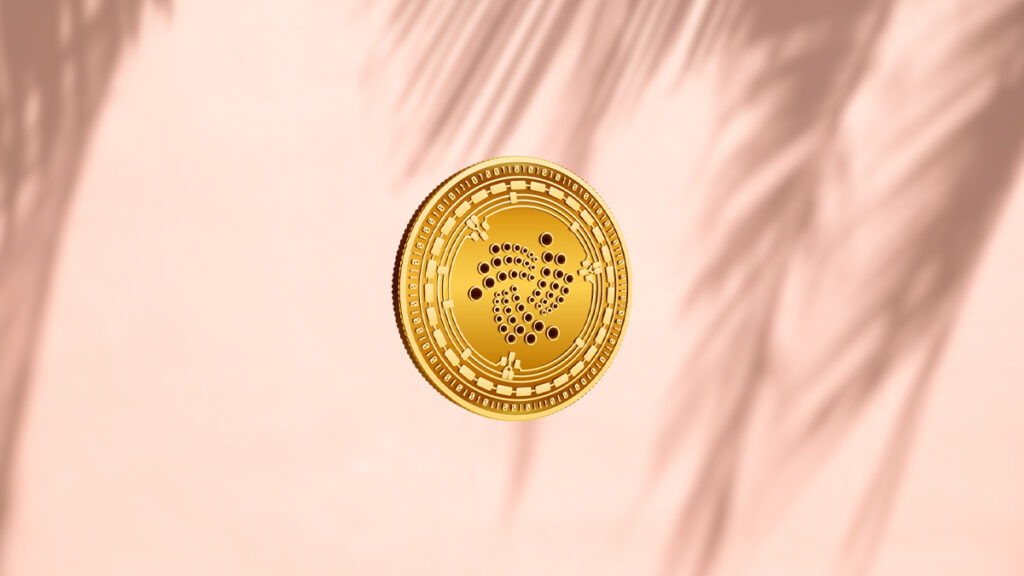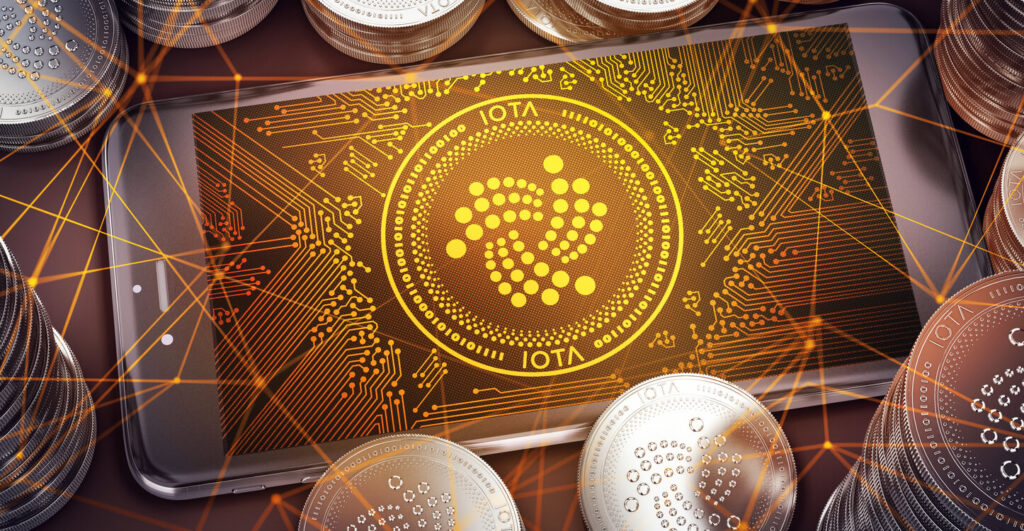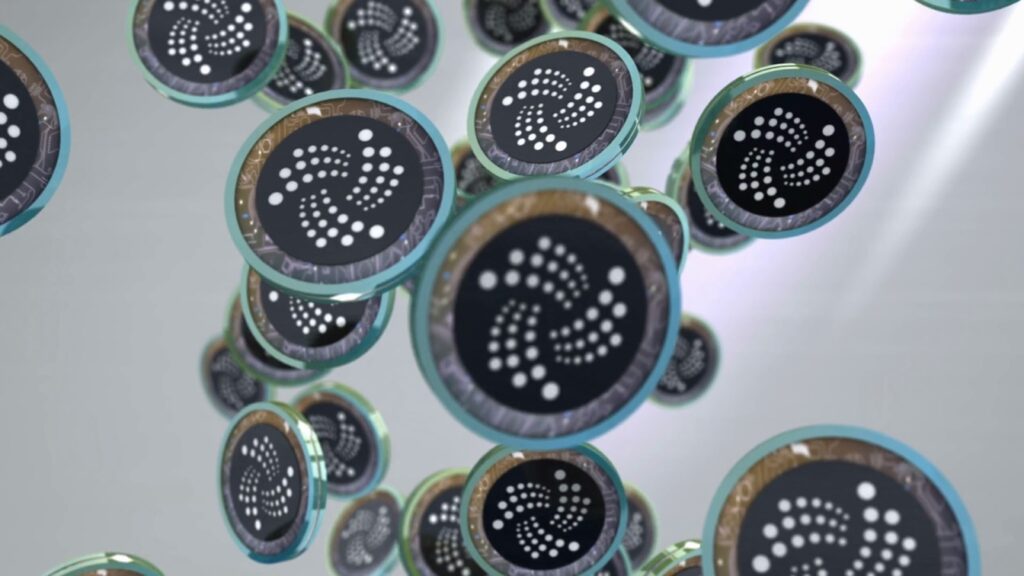We live in a crypto-boom era as many like to call it. With each passing day, more and more people are becoming interested in cryptocurrencies, mining and decentralized finance. Bitcoin has never been more expensive, Ethereum as well and even coins like Dogecoin are gaining popularity and rising in price, even though many have deemed it nothing more than a joke just a few months ago. Now, what all those have in common is that they operate using blockchain technology, which many consider somewhat faulty, for various reasons.
However, for those that are seeking an alternative, there’s a new crypto coin in town – IOTA. If you’ve never heard of this one, in particular, don’t worry, many didn’t. It’s a fairly new cryptocurrency that hasn’t gained much traction in the mainstream media, so not everyone knows a lot about it and that’s why we are here today. We’re going to try and explain to you just what IOTA is and how it compares to the other cryptocurrencies such as Bitcoin or Ethereum. If that seems like something you might be interested in, stick around for a few more minutes and find out.
What Is IOTA?

We have a confession to make – what we said, in the beginning, isn’t necessarily true. IOTA isn’t a coin, but we’ll get to that just in a minute. For now, let’s just remember that so we can avoid confusion.
IOTA is what is called a distributed ledger, which is essentially a cryptocurrency project designed to record and execute a transaction on the Internet of Things (IoT). The project was created back in late 2015 by a team of four, in an effort to create a simple payment system, that could work more efficiently and securely than those that already exist and that’s exactly what they did. This payment system is faster, (arguably) more secure, a whole lot cheaper and infinitely scalable.
All of this just seems like a bunch of random words and claims, but we’ll get to the bottom of it pretty soon. Now, this project isn’t only design for financial transactions, instead, it can also be used to allow data transfer from one device to another through IoT. Now, since IOTA is used for financial transactions, it has its own cryptocurrency, too. That currency is called MIOTA. So, IOTA is the system and MIOTA is the coin.
Now, let’s get a little bit more into details and explain how this one is different from all the rest
Blockchain Versus Tangle

The main difference between IOTA and the rest of them lies in the fact that this system does not use blockchain technology as Bitcoin and Ethereum do. Instead of a blockchain, IOTA uses what is called a DAG, or Directed Acyclic Graph, or as they nicknamed it Tangle. Now, once again, all of these words don’t mean anything unless you understand the processes, so, let’s get started on that.
Let’s start with Bitcoin and blockchain. What you need to understand about Bitcoin is that you can’t just complete a transaction. Instead, those transactions need to be confirmed by other people. The way you confirm these transactions is through mining. People who mine coins lend their computing power so that the transactions that take place on the blockchain can be confirmed and completed. One does not work without the other. This process is called Proof-Of-Work or PoW. As you can clearly tell, this is a great oversimplification of the whole process, but we wouldn’t want to bore you with technicalities. However, if you want to get into greater details about this particular topic or any other topic regarding cryptocurrency, you can visit iota-news.com and learn more about all of it.
Now, this technology is somewhat faulty, because it gets harder and harder to confirm a transaction as time goes by. Mining requires more resources, meaning more electricity and computing power, which ultimately leads to really slow and rather expensive transactions.
On the other hand, with IOTA and Tangle, things work in a different way. If you want to make a single financial transaction, you also have to contribute to the network by confirming two other transactions. Those two will then repeat the same process as well will the ones after them and so on. That’s how we get the ‘infinitely scalable’ network.
As you can tell, this model is far more superior compared to the PoW, even though in some way, this one is also PoW – only much more efficient, since you’re not dependent on third-party’s computing power but on your own. The general idea behind it is that the more people use the system, the easier it gets for transactions to be finalized and more stable the network becomes.
Transaction Fees

Since there is no MIOTA mining, another difference between this system and the others is that with IOTA, there are virtually no transaction fees. Since everyone contributes to the network equally, the only cost is the electricity you spend while doing the transaction and that’s no more than a few cents. On the other hand, Bitcoin transaction fees at the moment are anywhere between $20 and $30. With that being said, the IOTA protocol can be quite useful for micropayments, which is not the case with the rest of the major cryptocurrencies.
Transaction Speed

Since IOTA is still fairly new to the crypto world, the official transaction speed is not known at the moment. However, what we do know is that it is rather fast, compared to the rest. For instance, in general, a Bitcoin transaction usually takes about 10 minutes give or take. However, if the traffic is unusually high, the network gets flooded and in some instances, it can be days or even weeks until the money has reached your wallet.
On the other hand, with IOTA, transactions are done in a matter of minutes in most cases. However, since there aren’t that many users at the moment, it could take a little bit longer than that. It is expected, however, once the network reaches enough users that the transactions will be completed instantaneously, which would be nothing short of incredible.
Coin Price

Arguably, the most important factor for many crypto investors right now is the price of a single coin. As you probably already know, the price of a single Bitcoin is just under $50,000 at the moment and the price of an Ethereum coin is about $1500. On the other hand, a single MIOTA coin is just above $1 as of this moment. Does that mean IOTA is the next thing to invest in? We don’t know. Can it skyrocket to the level of Bitcoin? We don’t know that either. You are able to create and manage your portfolio easily here.
What we do know, however, is that if the project reaches its final form – it will be the ideal global payment and data transfer system. The ability to instantly and completely free, complete a financial transaction is unimaginable at the moment, but, that’s exactly what the IOTA is striving to one day allow us to do. Will it succeed? It is up to us to wait and see.
